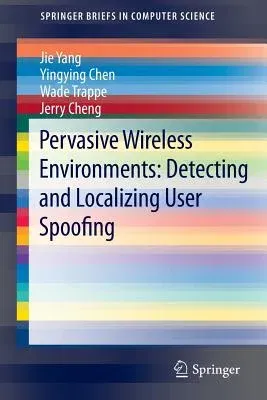Jie Yang
(Author)Pervasive Wireless Environments: Detecting and Localizing User Spoofing (2014)Paperback - 2014, 14 July 2014

Qty
1
Turbo
Ships in 2 - 3 days
In Stock
Free Delivery
Cash on Delivery
15 Days
Free Returns
Secure Checkout
Part of Series
Springerbriefs in Computer Science
Print Length
72 pages
Language
English
Publisher
Springer
Date Published
14 Jul 2014
ISBN-10
3319073559
ISBN-13
9783319073552
Description
Product Details
Book Edition:
2014
Book Format:
Paperback
Country of Origin:
NL
Date Published:
14 July 2014
Dimensions:
23.39 x
15.6 x
0.43 cm
Genre:
Science/Technology Aspects
ISBN-10:
3319073559
ISBN-13:
9783319073552
Language:
English
Location:
Cham
Pages:
72
Publisher:
Weight:
127.01 gm

